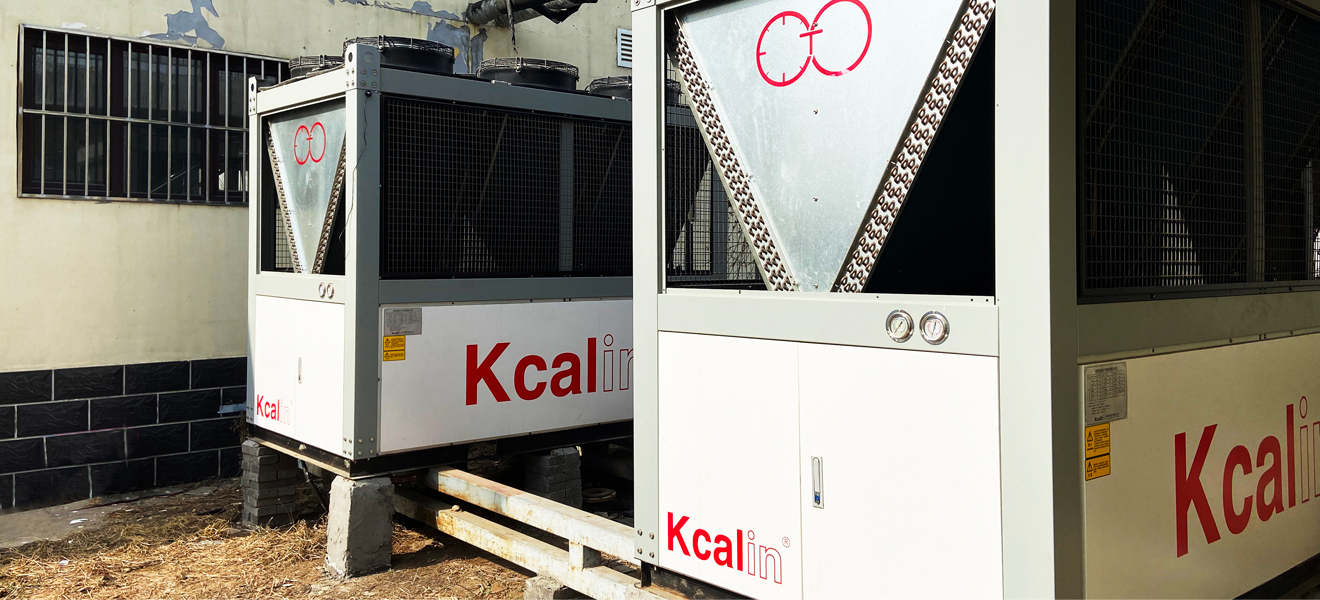In modern society, the awareness of energy conservation and environmental protection is constantly increasing, and people's demand for heating and cooling equipment is gradually shifting towards efficiency and environmental protection. As an environmentally friendly and energy-saving heating and cooling equipment, air source heat pumps are increasingly favored by consumers. However, among the numerous air source heat pump products in the market, how to choose products that are suitable for oneself based on personal needs may confuse some consumers. This article will help consumers better understand air source heat pumps and choose products that are suitable for them from the principles, specification and model table interpretation, and selection guidelines of air source heat pumps.
An air source heat pump is a device that achieves heating or cooling by absorbing heat from outdoor air and transferring it indoors. The working principle can be simply summarized as the following steps:
Air heat absorption: Air source heat pumps absorb low-temperature heat from outdoor air, and can obtain a small amount of thermal energy even under lower winter temperature conditions.
Compression heating: Through the action of a compressor, the heat energy in low-temperature air is compressed, causing its temperature to rise.
Heat exchange release: Heat energy is transferred to the indoor heating or cooling system to achieve indoor temperature regulation.
Recycling and reuse: The cold air generated during the heating or cooling process is recycled and absorbed by the heat pump for energy recovery and reuse.
Interpretation of the Specification and Model Table of Air Source Heat Pump

The specification and model table of an air source heat pump usually includes the main technical parameters and performance indicators of the equipment. The following are some common specifications and their interpretations:
Refrigeration/Heating Power: Refers to the rated power of an air source heat pump in both refrigeration and heating modes, usually measured in kilowatts (kW). The higher the power, the stronger the cooling or heating capacity of the heat pump.
COP(Coefficient of Performance): That is, the Coefficient of performance, which represents the cooling or heating capacity provided by the air source heat pump under the unit power consumption. The higher the COP value, the more efficient the heat pump can utilize electrical energy.
EER(Energy Efficiency Ratio): The refrigeration energy efficiency ratio represents the energy efficiency performance in refrigeration mode, and the higher the value, the better.
HSPF(Heating Seasonal Performance Factor): Heating season Coefficient of performance is used to measure the performance of air source heat pump in heating season.
Rated working conditions: including rated cooling/heating temperature, rated water supply temperature, rated ambient temperature, etc.
Compressor types: Common types of compressors in air source heat pumps include rolling, screw, and vortex types.
Noise level: Refers to the noise level generated during the operation of an air source heat pump, usually measured in decibels (dB). The lower the noise, the quieter the operation of the heat pump.
External dimensions: Refers to the external dimensions of a heat pump, usually expressed in the form of length, width, and height, making it convenient for users to choose a suitable installation location.
Choose a suitable air source heat pump product
Positioning needs: First, you need to clarify your own needs, whether it is for heating or cooling? What are the requirements for the performance and effectiveness of heat pumps?
Consider environmental conditions: Choose a suitable air source heat pump based on the climatic conditions of the region. For regions with lower temperatures, it is necessary to choose products with low ambient temperature operation capabilities.
Understanding energy efficiency performance: Performance indicators such as COP, EER, and HSPF directly affect the energy efficiency of air source heat pumps. Products with higher values should be chosen as much as possible to reduce operating costs.
Pay attention to noise level: Noise has a significant impact on the living environment of families, and choosing products with lower noise levels will be more comfortable.
Reference user reviews: By reviewing the reviews and user experiences of other users, you can better understand the advantages and disadvantages of the product.
Consider overall investment return: In addition to purchasing costs, long-term use and maintenance expenses should also be considered, taking into account the overall investment return.
Brand and after-sales service: Choosing well-known brand products can provide better quality assurance and after-sales service.
Seek professional advice: If you have questions about the selection and use of air source heat pumps, you can seek advice from professionals or heat pump manufacturers. They can provide more personalized product recommendations and solutions based on your specific needs and on-site conditions.
As an environmentally friendly and energy-saving heating and cooling equipment, air source heat pumps are increasingly favored by consumers in modern society. When choosing an air source heat pump product that is suitable for oneself, consumers need to comprehensively consider their own needs, environmental conditions, energy efficiency performance, noise level, brand, and after-sales service. At the same time, with the help of the specification and model table of the air source heat pump and the product performance report, professional advice and reference user evaluation can be sought to ensure that appropriate products are purchased, to bring a comfortable indoor environment for families or enterprises, and to achieve the goal of energy conservation and environmental protection.







Comment